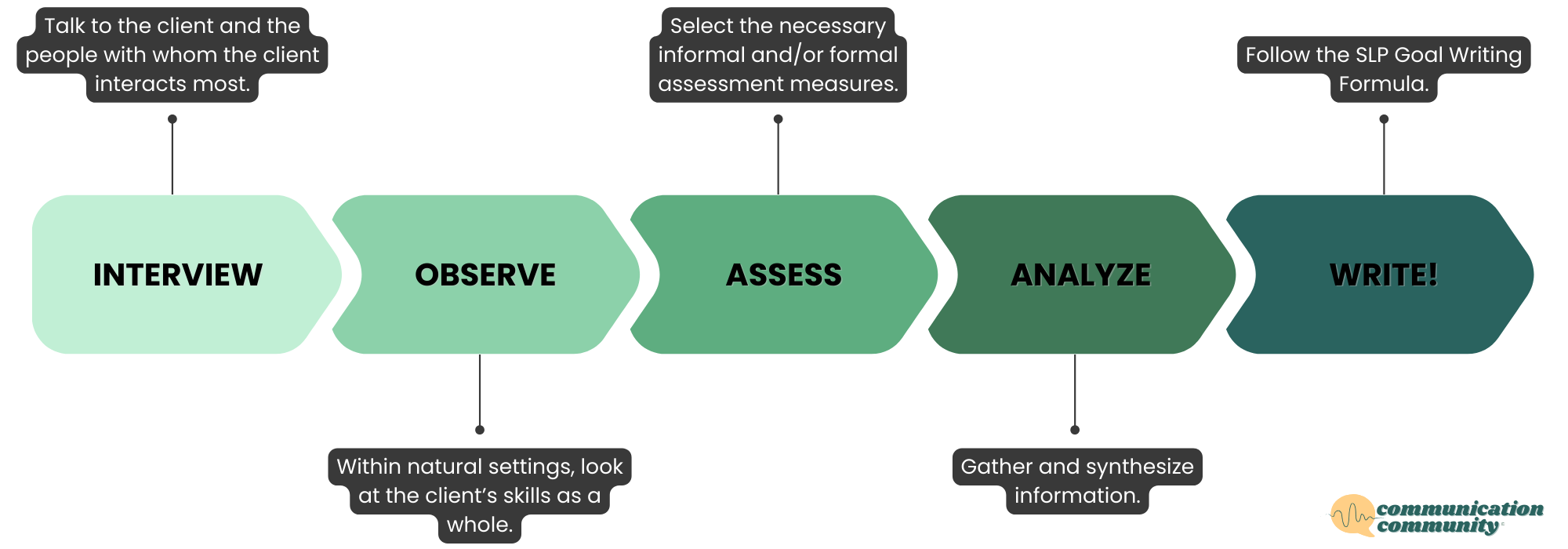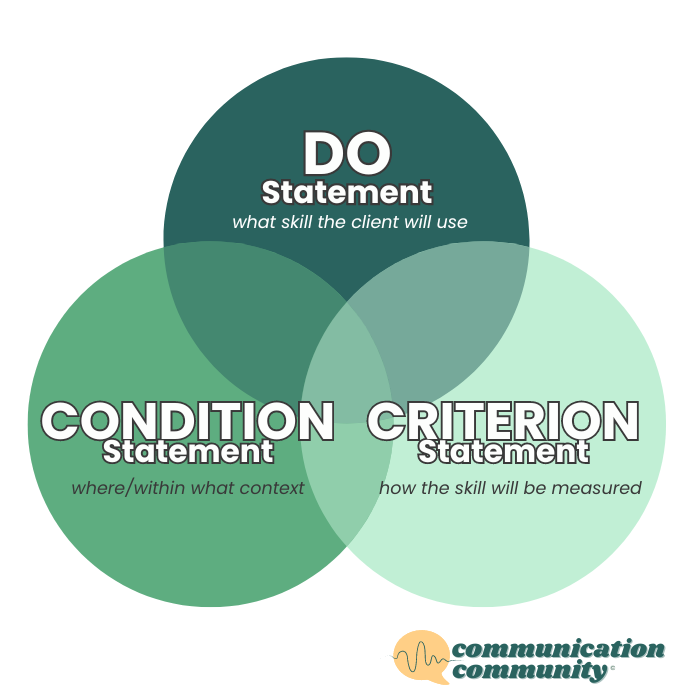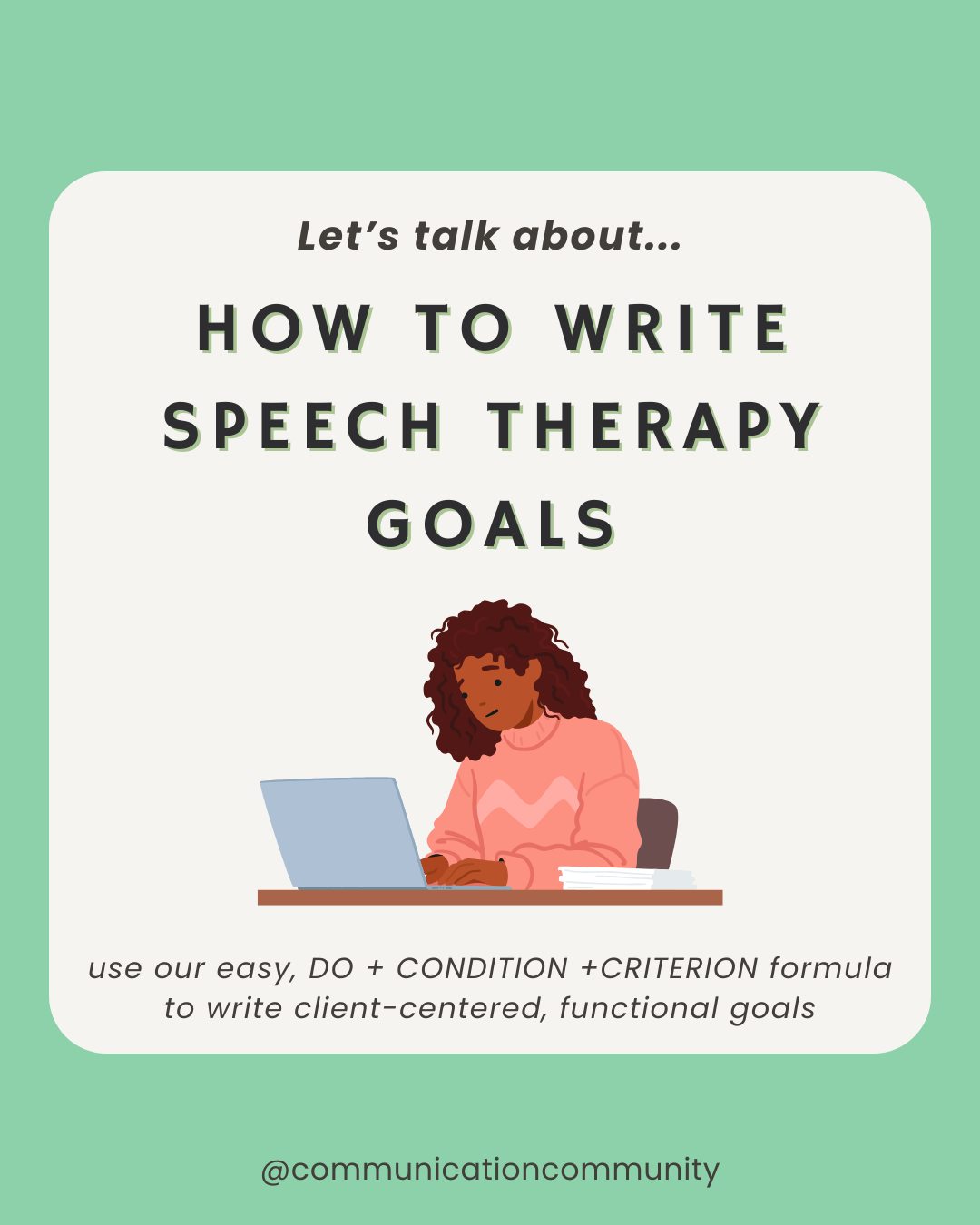What is Aphasia?
Aphasia is a communication disorder that affects one’s ability to understand and/or express speech and language. It does NOT affect one’s intelligence.
Aphasia is caused by brain damage, such as from a stroke or trauma, and is not genetic. Depending on the region of the brain that is impacted, it can affect each person in different ways. Most often, aphasia affects the left hemisphere ("language cortex") of the brain. The brain's left hemisphere houses the centers that help us understand and express speech and language.
Generally speaking, aphasia is often categorized into two broad types: receptive and expressive. Receptive (fluent) aphasia is having primary difficulty understanding spoken language or reading. Expressive (non-fluent) aphasia is having primary difficulty producing spoken language or writing. However, in some cases, patients may have mixed receptive-expressive aphasia. Determining a differential diagnosis is an important part of developing treatment goals.
Aphasia Assessment and Treatment Considerations
According to Hinkley (2020), one of the most important steps in treatment when you are working with an individual with aphasia is that they receive adequate information about what aphasia is. It seems pretty basic, but providing the client and caregiver(s) education regarding their aphasia diagnosis is key for general understanding, advocacy, and expectations for treatment. Speaking of caregivers, family members of the client should also be included in the rehabilitation process. Caregiver/family cooperation increases the success of communication partner training (CPT) in the future. CPT is shown to increase activities and life participation. Lastly, it is important that once a client leaves treatment they have a means to communicate or have a plan outlining their goals for future communication.
Creating goals for the treatment of aphasia should take this key information into consideration. Below, we have outlined how to write aphasia goals and provided examples of what goals may look like.
Writing Aphasia Goals
Below you will find our Communication Community Goal Writing Formula that we use for writing all communication goals.


Steps for writing goals for speech and language skills (left); Communication Community goal writing formula (right)
As seen above, speech goals should be written with 3* components in mind: the DO statement, the CONDITION statement, and the CRITERION statement.
*Also commonly included is consistency (we incorporate this!). Aka does the individual have to meet a specific criterion more than once? A common example of this may include across 3 consecutive sessions. This is usually something understood by the therapy organization/service provider and is sometimes/sometimes not included in the written goal itself. This is to ensure that the skill has been generalized and provides more reliable data that the skill has been properly mastered.
DO statement
What the client is actually going to DO and the specific skill they will be working towards.
Example: will answer 4 personal identification questions (e.g., "What is your full name?")
CONDITION statement
The specific setting and/or context your client will work on this skill.
Example: when asked by familiar and unfamiliar individuals
CRITERION statement
How the client’s performance will be measured.
Example: with 80% accuracy
DO + CONDITION + CRITERION
Example: [Client] will answer 4 personal identification questions (e.g., "What is your full name?"), when asked by familiar and unfamiliar individuals, with 80% accuracy
There you have it - an example using our Goal Writing Formula containing the DO + CONDITION + CRITERION (and consistency!) statements for persons with aphasia.
Aphasia Goal Bank
It is difficult to make a “general” aphasia goal bank because person-centered care is best practice. According to ASHA, person-centered functional goals are considered goals that are identified by the client, in partnership with the clinician and family, that allow participation in meaningful activities and roles. We advise clinicians who are referencing these goals to take that message into consideration and modify goals accordingly to best suit their clients and their personal needs.
Receptive Aphasia Goals
Example #1: [Client] will point to the items (e.g., functional household items) denoted by the speaker, when given a field of 4 real objects/pictures, with 90% accuracy.
Example #2: [Client] will follow a multi-step functional sequence, pertaining to [related-life skill] given visual prompts, with 80% accuracy.
Example #3: [Client] will answer [#] comprehension questions relating to [functional written text], during a structured task, given visual prompts, with 80% accuracy.
Expressive Aphasia Goals
Example #1: [Client] will label 10 different household items, when pointed to by the clinician within a familiar setting, with 90% accuracy.
Example #2: [Client] will respond to “yes/no” questions relating to [functional skill/activity], when asked by familiar and unfamiliar individuals, in 8 out of 10 trials.
Example #3: [Client] will make a request to gain access to [preferred activity/materials], to a familiar individual, in 80% of opportunities.
Strategies for Aphasia
Example #1: [Client] will produce a minimum of 4 different features, when presented with a word using semantic feature analysis (SFA), given verbal prompts, with 75% accuracy.
Example #2: [Client] will use an AAC system to produce [intended message], across familiar contexts and settings, with 75% accuracy.
Example #3: [Client] will utilize principles from the Supported Conversation for Adults with Aphasia (SCA) approach, when participating in conversations during community outings, 5 times across the treatment period.
Aphasia Advocacy
Example #1: [Client] will present his/her/their aphasia card when appropriate, within a community setting, in 90% of opportunities.
Example #2: [Client] will gesture (e.g., hold up finger) to request more time to process information, within communicative interactions, in 80% of opportunities.
Example #3: [Client] will disclose that they are a person with aphasia, to unfamiliar communication partners, in 75% of opportunities.
If you live with or are caring for a loved one with aphasia, you are not alone! The National Aphasia Association has several online communities and supports.
Are you an SLP looking for more aphasia information and resources?
No Need to Keep Searching for Goal-Writing and Treatment Activities
Read more about aphasia and check out aphasia speech therapy activities. You can also find no prep worksheets and download them instantly when you join our Premium Community! In addition to over $1000 of resources in our Resource Library, we host regular Office Hours and provide up-to-date research summaries!
References/further resources
American Speech-Language-Hearing Association. (n.d.). International classification of functioning, disability, and health (ICF) framework for aphasia. Retrieved from https://www.asha.org/siteassets/uploadedfiles/icf-aphasia.pdf
American Speech-Language-Hearing Association. (n.d.). Treatment. Retrieved from https://www2.asha.org/PRPSpecificTopic.aspx?folderid=8589934663§ion=Treatment
Aphasia Friendly. (n.d.). Retrieved from http://aphasiafriendly.co
Aphasia United. (n.d.). Retrieved from http://aphasiaunited.org
Dijkers, M. P., Murphy, S. L., Krellman, J., Nederhand, M. J., & Allen, H. E. (2011). Pain after traumatic brain injury. Archives of Physical Medicine and Rehabilitation, 92(1), 18-29. https://doi.org/10.1016/j.apmr.2010.08.014
Hinckley, J. (2020). Where do I start my client with aphasia? Perspectives of the ASHA Special Interest Groups, 5(1), 6-10.

![How to Write Aphasia Goals [with goal bank]](https://www.communicationcommunity.com/content/images/2024/07/Aphasia-Goals--updated-.png)
![How to Write Apraxia Goals [with goal bank]](https://www.communicationcommunity.com/content/images/2024/07/Apraxia-Goals--1-.png)
![How to Write Phonological Awareness Goals [with goal bank]](https://www.communicationcommunity.com/content/images/2024/07/How-to-Write-Phonological-Awareness-Goals.png)

![How to Write Executive Functions Goals [with goal bank]](https://www.communicationcommunity.com/content/images/2024/10/How-to-Write-Executive-Functions-Goals.png)
![How to Write Play Skills Goals [with goal bank]](https://www.communicationcommunity.com/content/images/2024/07/Play-Skills-Goals--updated---1-.png)
